I want to find the total resistance between A and B. This is a HOTS mcq, which has the following options:
- A: 45\$\Omega\$
- B: 15\$\Omega\$
- C: 5\$\Omega\$
- D: 22.5\$\Omega\$
A book says that the answer is 5\$\Omega\$ as R1, R2 and R3 are parallel. But I cannot understand how can they be parallel? Our science teacher said that R1, R2 and R3 are in a series, so he said that total resistance R=45\$\Omega\$. The book that says that the answer is 5\$\Omega\$, does not have the method to find it out.
I tried that:
All are in series :- 45\$\Omega\$
15\$\Omega\$ is parallel with 15+15+15\$\Omega\$ and with one more 15\$\Omega\$, which would turn into : 45/7\$\Omega\$, which is not possible.
R3 is parallel with R1 and R2, as well as in a series with R2. R1 is parallel with R2 and R3, as well as in a series with R2 and R3. But then I cannot determine the method to get the answer.
So I am confused between 5\$\Omega\$ and 45\$\Omega\$. I think as the book says, the answer must be 5\$\Omega\$, but what is the method?

